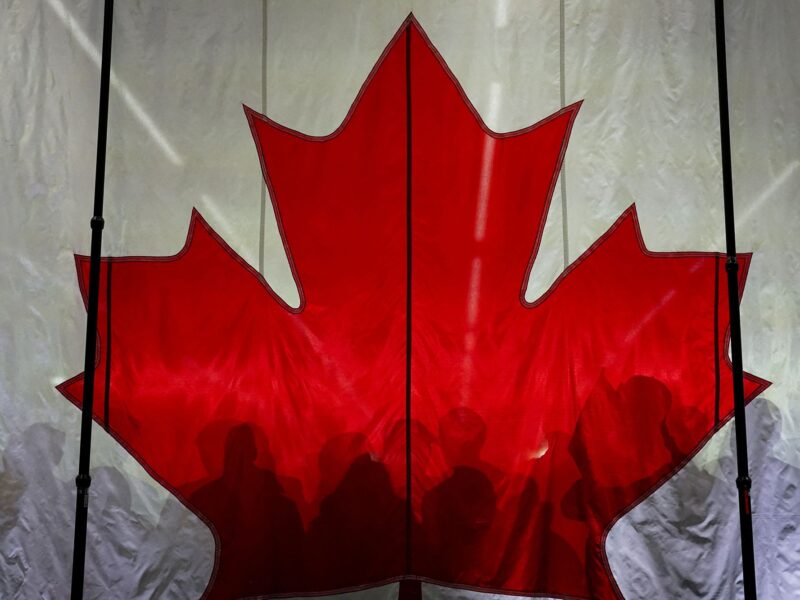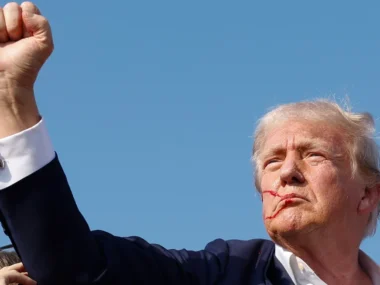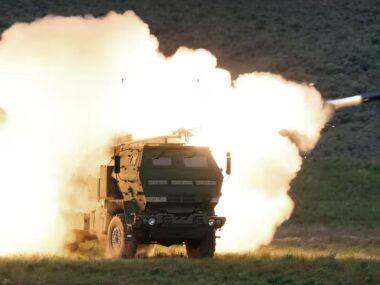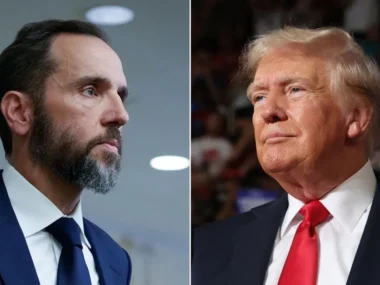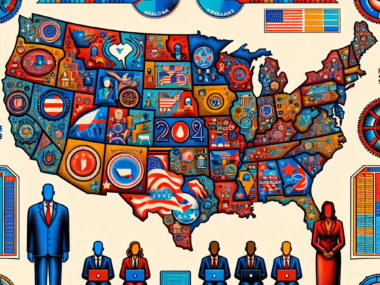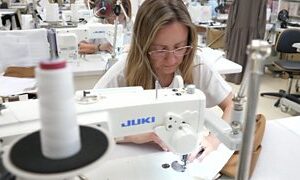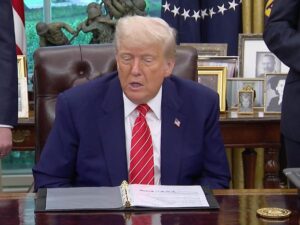Canadians headed to the polls on Monday amid growing tensions with the United States, as the election was dominated by economic instability, trade disputes, and annexation threats from Washington.
Voters will determine whether Prime Minister Mark Carney will continue in office with a full four-year term or if the Conservative Party will return to power after over nine years of Liberal leadership.
Polling began at 8:30 a.m. local time in Newfoundland and Labrador, Canada’s easternmost province.
This year’s campaign has been heavily shaped by strained US-Canada relations. President Donald Trump’s tariffs on Canadian exports have stirred fears over economic damage, while his remarks about making Canada “the 51st state” have sparked outrage across the political spectrum.
“I stand firmly against any effort to undermine Canada or make it subordinate to American interests,” Carney declared in March. “We govern ourselves.”
While several parties are in the race, the primary contest is between Carney’s Liberals and the Conservatives, led by veteran lawmaker Pierre Poilievre. Carney took office in March after former Prime Minister Justin Trudeau stepped down following bleak polling predictions.
Though new to electoral politics, Carney—formerly head of both the Bank of Canada and the Bank of England—stepped into leadership just as the US began escalating tariffs. Maintaining Trudeau’s retaliatory trade policies, Carney’s firm approach toward Washington helped the Liberals rapidly gain ground in the polls, narrowing their gap with the Conservatives.

Canadian Prime Minister and Liberal leader Mark Carney is ahead in the latest polls as the country approaches its April 28 parliamentary election.
Carney has presented himself as a seasoned, centrist leader capable of guiding Canada through significant economic challenges.
“I understand how the world works,” Carney shared with podcaster Nate Erskine-Smith in October. “I have connections with leaders of some of the world’s biggest companies, and I understand the mechanics of financial institutions and markets. I’m applying that knowledge for Canada’s benefit.”
He has committed to revitalizing Canadian industry, reducing the country’s dependence on the U.S., and investing in the construction of new homes, factories, and energy sources, both clean and traditional.
“My firm commitment is to advocate for Canadian workers and businesses,” Carney emphasized in March. “We will defend our history, values, and sovereignty.”
On the other hand, Conservative leader Poilievre has framed the election as a contest between the ordinary Canadian populace and the “Ottawa elites” who have dominated the country’s governance for the past nine years.

On April 23, Conservative Party leader Pierre Poilievre, accompanied by his wife Anaida Poilievre, greeted supporters at a rally in Trenton, Nova Scotia.
Pierre Poilievre, leader of the Conservative Party, criticized Mark Carney’s leadership, claiming, “The same people who ran Justin Trudeau are now running Mark Carney. Liberals are trying to deceive Canadians into giving them a fourth term in power,” shortly after Carney assumed the prime ministership.
Poilievre, running on a “Canada first” platform, advocates for reducing government spending, streamlining bureaucracy, and loosening environmental regulations to better exploit the country’s natural resources.
“Conservatives will cut taxes, build homes, and balance the budget,” Poilievre pledged in March. He also vowed to “boost economic independence by developing pipelines, mines, LNG plants, and other infrastructure to enable both domestic and international sales.”
Although Poilievre shares a populist approach similar to former President Trump, he has distanced himself from Trump during the campaign, even telling him to “stay out” of Canada’s election after Trump encouraged Canadians to support Poilievre instead of their local political parties.
In the lead-up to the election, a record number of Canadians voted early, with long wait times at polling stations.
“I voted on the first day of advance polls and waited 45 minutes,” said Kristina Ennis from St. John’s, Newfoundland. “I know people who waited over an hour.”
Elections Canada reported that at least 7.3 million voters cast ballots before Election Day, a 25% increase from the 2021 federal election.

